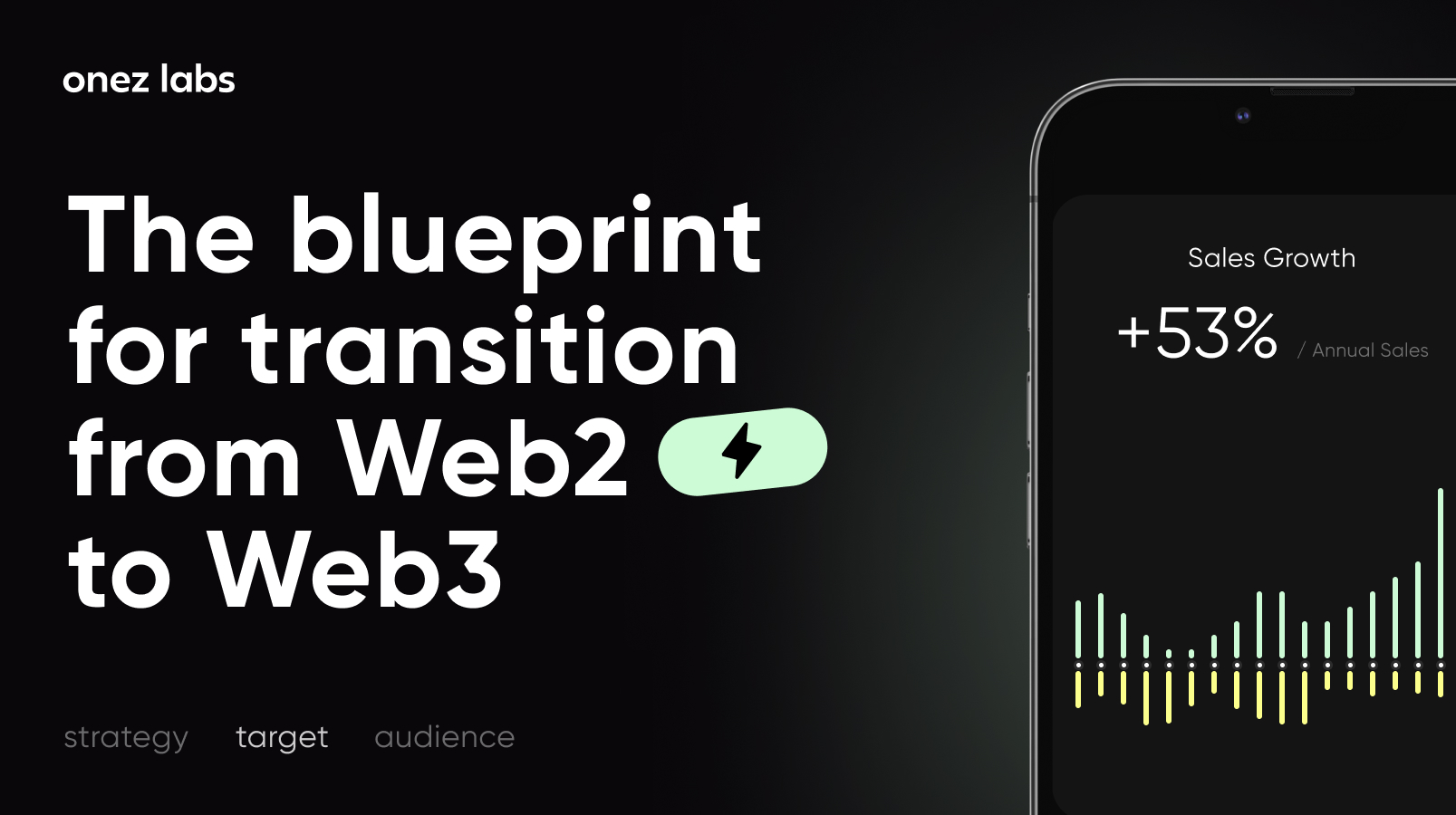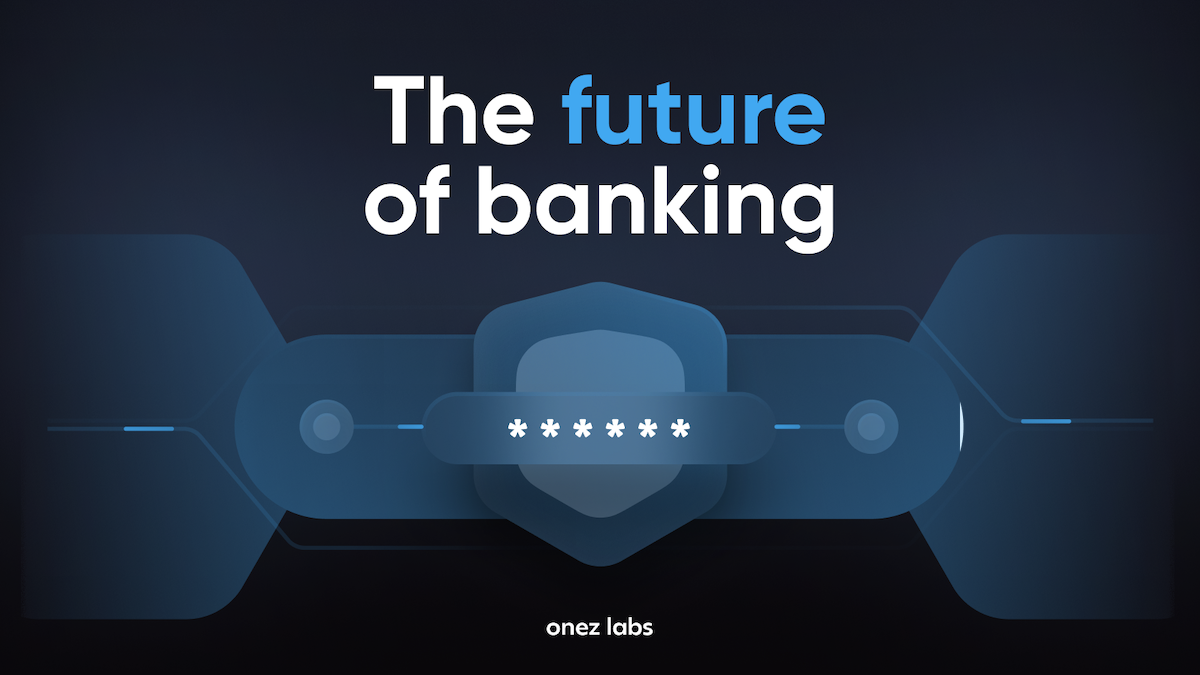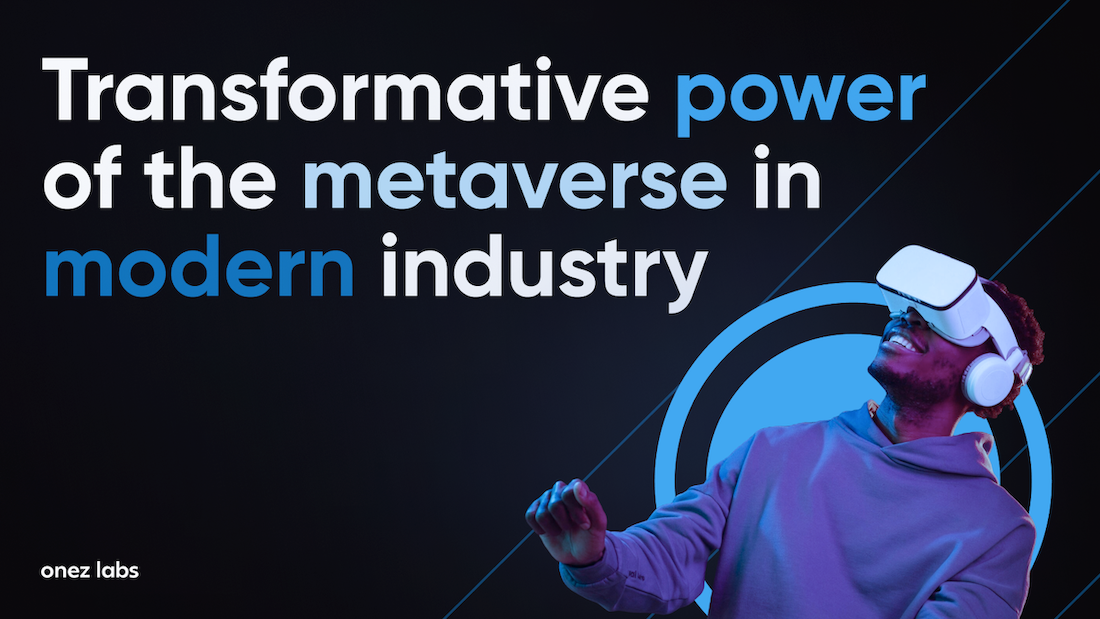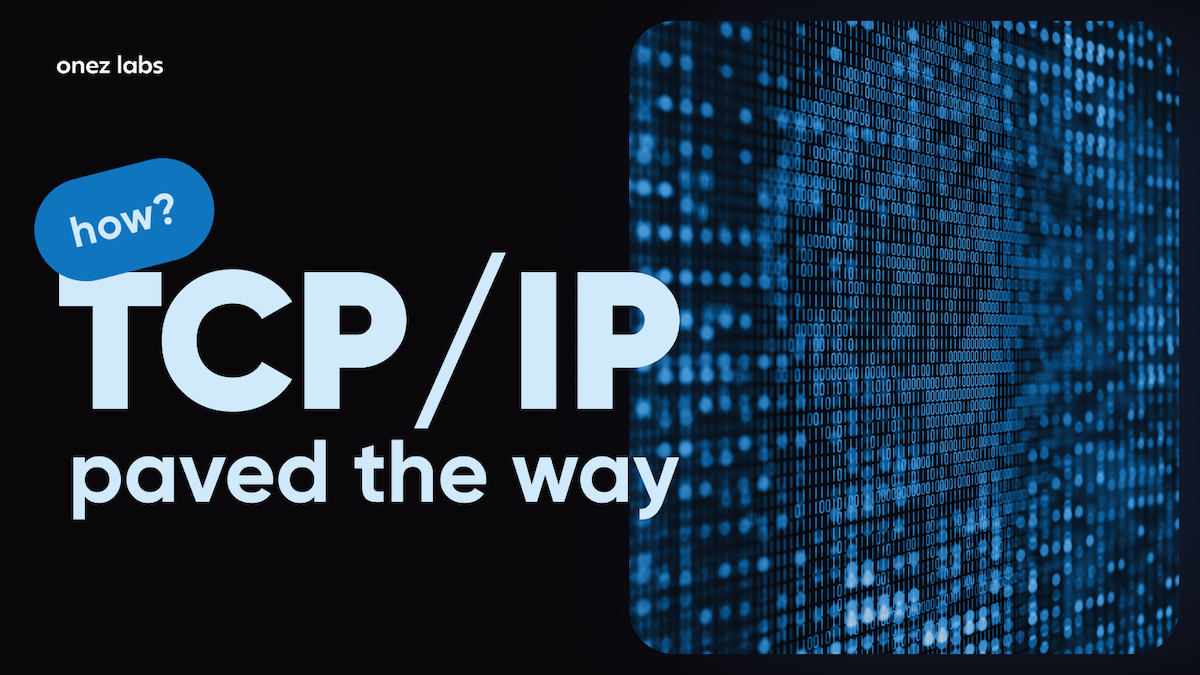Table of Contents
- Transitioning from Web2 to Web3: A guide to decentralized internet and Blockchain technology advantages
- The characteristics and limitations of Web2
- The advantages of Web3, including decentralization, data ownership, and new business models
- Things you should know before Planning Your Web2 to Web3 Transition
- Here is how you can choose the right Blockchain and tools:
- A step-by-step guide to implementation and development
- The best practices for migrating and managing data in Web3
- Web3 adoption blueprint: Community building and marketing outreach essentials
- The future of Web3: upcoming trends, technologies and opportunities
- Recap of key points
- FAQ
Transitioning from Web2 to Web3: A guide to decentralized internet and Blockchain technology advantages
The internet has come a long way since its early days. Web2, the second generation of the internet, allowed users to create and share content, connect with others, and use interactive apps. Social media, wikis, and blogs are all examples of Web2 technologies. However, Web2 has some major flaws, including concerns about data privacy, security, and the control of information by a few powerful companies. These issues have led to problems like data breaches and the misuse of personal information.
That’s why the transition to Web3 is so important. Web3 is a decentralized version of the internet, built on blockchain technology. It promises to give users more control and privacy, and eliminate the need for intermediaries like tech giants. The shift towards a fairer digital system is important. It’s crucial to grasp its main ideas, advantages, and difficulties. This understanding helps us get ready for the big changes that Web3 will bring to the internet and take full advantage of its possibilities
Key takeaways
- Transition from Web2 to Web3: Web3 represents a shift towards a decentralized internet built on blockchain technology. It aims to address the centralization, privacy, and security concerns inherent in Web2, offering users more control over their data and digital interactions.
- Advantages of Web3: Key advantages include decentralization, where control is spread across a network rather than concentrated in a few hands, and data ownership, empowering users to manage and monetize their own data securely.
- Challenges of Web2: Web2 is criticized for its centralized control by tech giants, leading to issues such as data breaches, privacy concerns, and censorship. These limitations drive the need for a more decentralized and user-centric Web3.
- Implementation Strategy: Moving from Web2 to Web3 requires careful planning, including evaluating current systems, selecting appropriate blockchain platforms and tools, and implementing robust security measures. A phased approach with clear goals and stakeholder involvement is crucial.
- Future Trends and Opportunities: The future of Web3 involves trends like decentralized autonomous organizations (DAOs), non-fungible tokens (NFTs), and improved scalability through layer-2 solutions. These innovations are expected to expand the scope and impact of blockchain beyond finance into areas like IoT and AI.
The characteristics and limitations of Web2
Web2, the second generation of the World Wide Web, is characterized by:
- The rise of interactive and social web platforms.
- Allowing users to create, share, and engage with content more dynamically.
- Transitioning from the static web pages of Web1 to user-generated content and social networking.
- Platforms like Facebook, Twitter, and YouTube are becoming household names.
- Transforming the internet into a more collaborative space where information is easily exchanged and communities form around shared interests.
Despite these advancements, Web2 has notable limitations:
- Centralization of control, where a few tech giants dominate the internet.
- Issues related to data privacy, security, and monopolistic practices.
- Users often have limited control over their own data.
- Data is frequently harvested and monetized by centralized entities.
- Centralization has led to data breaches, misuse of personal information, and concerns about censorship and surveillance.
Web3 on the other hand is the next step in the internet’s new beginning. It uses blockchain technology to create a more decentralized web, where users have more control and power. This means that individuals, not big companies, own and manage their data and digital assets. Decentralization makes the web more secure and reduces the risk of data breaches. Blockchain technology provides a transparent and trustworthy record of transactions. Web3 also supports decentralized applications (dApps), which work on peer-to-peer networks, giving users and developers more freedom. These dApps can be used for finance, social networking, gaming, and more, without needing intermediaries. Web3 aims to create a fairer and safer online world, where users have more control over their digital lives.
The advantages of Web3, including decentralization, data ownership, and new business models
The transition to Web3 is a significant change that can improve the digital ecosystem. One of the main advantages of Web3 is decentralization. This means that control is spread across a network of nodes, rather than being held by a few powerful entities. It’s just like a library where books are stored in many different locations, rather than one central location. This makes the web more secure and resilient, as there’s no single point of failure that can be exploited.
Another important benefit of Web3 is data ownership. In the current Web2 model, users often give up control of their data to centralized platforms. This can lead to privacy concerns and data breaches. Web3, however, empowers users by allowing them to own and control their data. This is like having a safe where you can store your personal belongings, and only you have the key. Through cryptographic keys and blockchain technology, individuals can decide who has access to their information and under what terms. This enhances privacy and opens up new opportunities for individuals to monetize their own data.
Web3 also allows new business models that weren’t possible under Web2’s centralized framework. For example, decentralized finance (DeFi) which offers innovative financial services without traditional banking intermediaries. Decentralized autonomous organizations (DAOs) allow for collective decision-making and governance in a transparent and democratic manner. These developments show how Web3 can create a more inclusive and user-centric internet. By decentralizing control and returning power to users, Web3 addresses critical challenges present in Web2, such as data privacy concerns, censorship, and lack of transparency. By leveraging blockchain technology, Web3 improves security, privacy, innovation, and inclusivity.
Things you should know before Planning Your Web2 to Web3 Transition
The first step in moving from Web2 to Web3 is to take a close look at your current systems and make a plan. This means evaluating your existing Web2 systems, identifying what’s important, and understanding how they work in a centralized framework. This will help you find areas for improvement and potential challenges during the transition. Setting clear goals is important in this phase. These goals should align with the main objectives of adopting Web3, such as making data more secure, improving user privacy, and decentralizing control. You should also consider factors like technical requirements, needed skills and resources, and potential risks and mitigation plans. It’s necessary to involve stakeholders from different departments to get valuable insights and ensure a well-informed transition plan.
Once you have a plan, create a detailed roadmap for the migration process. This roadmap should outline the phases of migration, starting with small changes and moving to more complex ones. Begin with smaller projects that allow your team to get familiar with Web3 technologies, like using blockchain for data storage or experimenting with decentralized applications (dApps). Gradually move to more complex transitions, like migrating entire platforms or services to decentralized frameworks. Each phase should have specific milestones, timelines, and key performance indicators (KPIs) to measure progress and make sure alignment with your overall Web3 migration strategy. Also Consider incorporating training programs to upskill your team and nurture a culture of continuous learning. Regularly review and adjust the roadmap based on feedback and coming trends in the Web3 space, make sure your organization remains agile and responsive to new opportunities and challenges.
Here is how you can choose the right Blockchain and tools:
Selecting the appropriate blockchain platform is a critical step in the transition to Web3, as it lays the foundation for your decentralized applications and services. There are many blockchain platforms to consider, each with unique features and capabilities suited for different use cases. For example,
Blockchain platforms:
- Ethereum: Smart contracts, large developer community.
- Binance Smart Chain: Faster transactions, lower costs.
- Polkadot: Interoperability between blockchains.
- Solana: High throughput, low latency.
Development tools:
- Truffle Suite: Framework for smart contracts.
- Hardhat: Development environment.
- Web3.js and Ethers.js: Front-end libraries.
- IPFS: Decentralized storage..
When building a good and secure Web3 app, you need to pick the right blockchain platform and tools. Some tools can help you build Web3 apps easily, like OpenZeppelin and Remix. These tools help you create smart contracts and decentralized apps. For front-end development, libraries like Ethereal and Web3.js help you connect to the Ethereum blockchain smoothly. Also, tools like Pinata and Filecoin are important for storing data safely and securely. Make sure these tools work well with your blockchain platform and project needs. By choosing the right blockchain and tools, you can create powerful Web3 apps that will give your users satisfaction and keep their data safe.
A step-by-step guide to implementation and development
Web3 technologies rely on smart contracts,They’re fundamental for Web3 because they automate processes, enforce rules, and allow secure transactions without intermediaries. Smart contracts can handle various tasks, from financial transactions to supply chain management, and are deployed on blockchain platforms like Ethereum.
Developing decentralized applications (dApps) is a key aspect of Web3 architecture. dApps operate on peer-to-peer networks, using smart contracts to execute backend processes. Developers define the application’s requirements, choose a blockchain platform, write smart contracts, and use tools like Truffle Suite and Hardhat to aid in development. After rigorous testing, the dApp is deployed to a blockchain network, improving transparency and user control.
Security is predominant in Web3 projects due to the immutable nature of blockchain technology. Vulnerabilities or errors in smart contracts can lead to irreversible losses. Comprehensive testing frameworks and tools like MythX and Slither are essential to identify and mitigate potential issues. Peer reviews and audits by third-party security firms add an extra layer of assurance.To keep your dApp safe and secure, make sure to update it regularly and fix any issues that come up. This will help build trust with your users and stakeholders.
The best practices for migrating and managing data in Web3
Migrating data from centralized Web2 systems to decentralized Web3 systems requires you to plan carefully and strategic execution. This process involves transferring data to a blockchain or decentralized storage solution like IPFS. It’s important you identify which data should be migrated, prioritizing sensitive and high-value information that benefits most from enhanced security and transparency. A phased approach is usually effective, starting with smaller datasets to test and refine the migration process. During the transition, data must be formatted to be compatible with the chosen blockchain platform, make sure it can be accessed and utilized by smart contracts and dApps. Secure and efficient migration tools, data integrity, and consistency are vital to a successful transition. Backups and rollback procedures can mitigate risks associated with data loss or corruption.
In Web3, managing data is different from traditional systems. It requires the use of special storage solutions that spread data across many computers. To keep data safe, it must use secret codes to protect privacy, control who can access data, and regularly update and fix smart contracts. It’s necessary to also double-check data entry to avoid mistakes and use good methods to organize and find data. By focusing on transparency, security, scalability, and efficiency, data can be effectively managed in Web3.
Web3 adoption blueprint: Community building and marketing outreach essentials
One of the most critical Web3 adoption strategies is building and engaging a community around your project. a strong and active community can significantly influence the success of your project. Community members not only provide valuable feedback and support but also help in spreading the word and attracting new users and developers. To build a vibrant community, start by
Community Building:
- Engage through transparent communication channels.
- Host AMAs, webinars, and offer incentives.
Marketing and Outreach:
- Define value proposition and target audience.
- Utilize content marketing and social media.
- Partner with influencers and participate in blockchain events.
Effective marketing and outreach are necessary to promote your Web3 project and drive adoption, relying heavily on digital and social media channels to reach a tech-savvy audience. Clearly define your project’s value proposition and target audience, then develop a compelling narrative highlighting its unique benefits and potential impact. Use content marketing strategies like insightful blog posts, educational videos, and relevant podcasts to establish thought leadership in the Web3 space. Leverage social media platforms like Twitter and LinkedIn to engage with many blockchain communities and promote updates and achievements. Partnering with influencers and participating in blockchain conferences and hackathons to expand your reach and attract new users and collaborators, also helps in boosting visibility, building credibility, and accelerating adoption of your Web3 project.
Examples of companies and projects that have successfully transitioned from Web2 to Web3
Some companies have successfully moved from Web2 to Web3, showing others how it’s done. Steemit, a social media platform, is a great example. It uses blockchain to reward content creators with cryptocurrency, giving users more control over their data and how they earn money. This shows the benefits of decentralization. Another example is Brave, a web browser that uses blockchain to protect users’ privacy and offer a new way of advertising. Users get rewarded with tokens for watching ads, and advertisers can target their audience better.
These successful migrations teach us important lessons. Firstly, it’s crucial to take a phased and strategic approach. Steemit and Brave started with clear goals and gradually added blockchain features, managing risks and refining their systems. Secondly, engaging with the community is necessarily vital. Steemit’s active user community drives its growth. Engaging users early and incorporating their feedback leads to better adoption and loyalty. Thirdly, security and transparency are essential. Brave’s focus on user privacy and secure transactions sets it apart.
These examples teach us to be flexible and try new things. Blockchain technology is always changing, so companies need to adapt and find new solutions. By learning from these examples, other organizations can make a smooth transition to Web3 and get the most benefits from decentralization and user empowerment.
The future of Web3: upcoming trends, technologies and opportunities
Web3 is changing the whole digital ecosystem by moving beyond its early focus on finance and smart contracts. Blockchain technology is getting better and working with other upcoming fields like artificial intelligence and the Internet of Things. For example, IBM and Samsung are working together to develop a blockchain-based platform for IoT devices, making supply chain management and automation easier. Additionally, some new blockchain solutions like Polkadot and Cosmos are addressing current limitations in scalability and cross-chain communication, making decentralized ecosystems more connected.
New trends in Web3 are redesigning its future and increasing its impact. Decentralized autonomous organizations (DAOs) like DAOstack and Aragon are using blockchain technology for collective decision-making and governance, changing how organizations work. For instance, DAOstack has enabled the creation of decentralized networks for social impact initiatives, promoting transparency and community involvement. Non-fungible tokens (NFTs) are also being used beyond digital art, with applications in virtual real estate, intellectual property, and more. Companies like Decentraland and The Sandbox are using NFTs to create immersive virtual experiences.
The growth of layer-2 scaling solutions like Optimism and Polygon is making blockchain networks faster and more efficient, addressing scalability challenges. Another example, Optimism’s technology has increased Ethereum’s transaction capacity, enabling faster and cheaper transactions. As these trends continue, they will likely drive more innovation and adoption, solidifying Web3’s role in creating a more decentralized internet.
Recap of key points
The shift from Web2 to Web3 represents a transformative change, offering advantages like decentralization, data ownership, and new business models. Web2 has limitations, but Web3 provides innovative solutions. To migrate to Web3, it’s important to assess your current infrastructure, choose the right blockchain platforms and tools, and implement adequate security measures. Starting to plan and prepare your migration strategy is crucial. Engage with your community, leverage effective marketing, and explore upcoming trends and technologies shaping the future of the decentralized web. Web3 offers potential benefits like enhanced security, greater user control, and novel business opportunities, making it a compelling direction for digital transformation.
For those interested in learning more, diff resources are available. Books like “Blockchain Revolution” by Don and Alex Tapscott, “The Truth About Blockchain” by Ricardian, and “Web3 for the People” by Mike Goldin provide valuable insights into blockchain and decentralized technologies. Online platforms like edX, Codecademy, and DataCamp offer courses and tutorials on blockchain development, smart contracts, and Web3 fundamentals. Additionally, websites like Web3.university, Blockchain Council, and CryptoSlate provide comprehensive guides, articles, and news on Web3 technologies and strategies. By exploring these resources and staying informed, you can gain a deeper understanding of Web3 and unlock new opportunities for growth and innovation.
FAQ
What is Web3?
Web3 is the next generation of the internet, built on blockchain technology, allowing for decentralized, secure, and transparent online interactions.
What’s the difference between Web2 and Web3?
Web2 is the current internet, centralized and controlled by a few companies, while Web3 is decentralized, giving users more control and privacy.
Why do we need Web3?
We need Web3 to address Web2’s limitations, such as data breaches, censorship, and lack of transparency, and to create a more secure and user-centric internet.
How does blockchain technology work in Web3?:
Blockchain technology allows for secure, transparent, and decentralized data storage and transactions, enabling peer-to-peer interactions without intermediaries.



